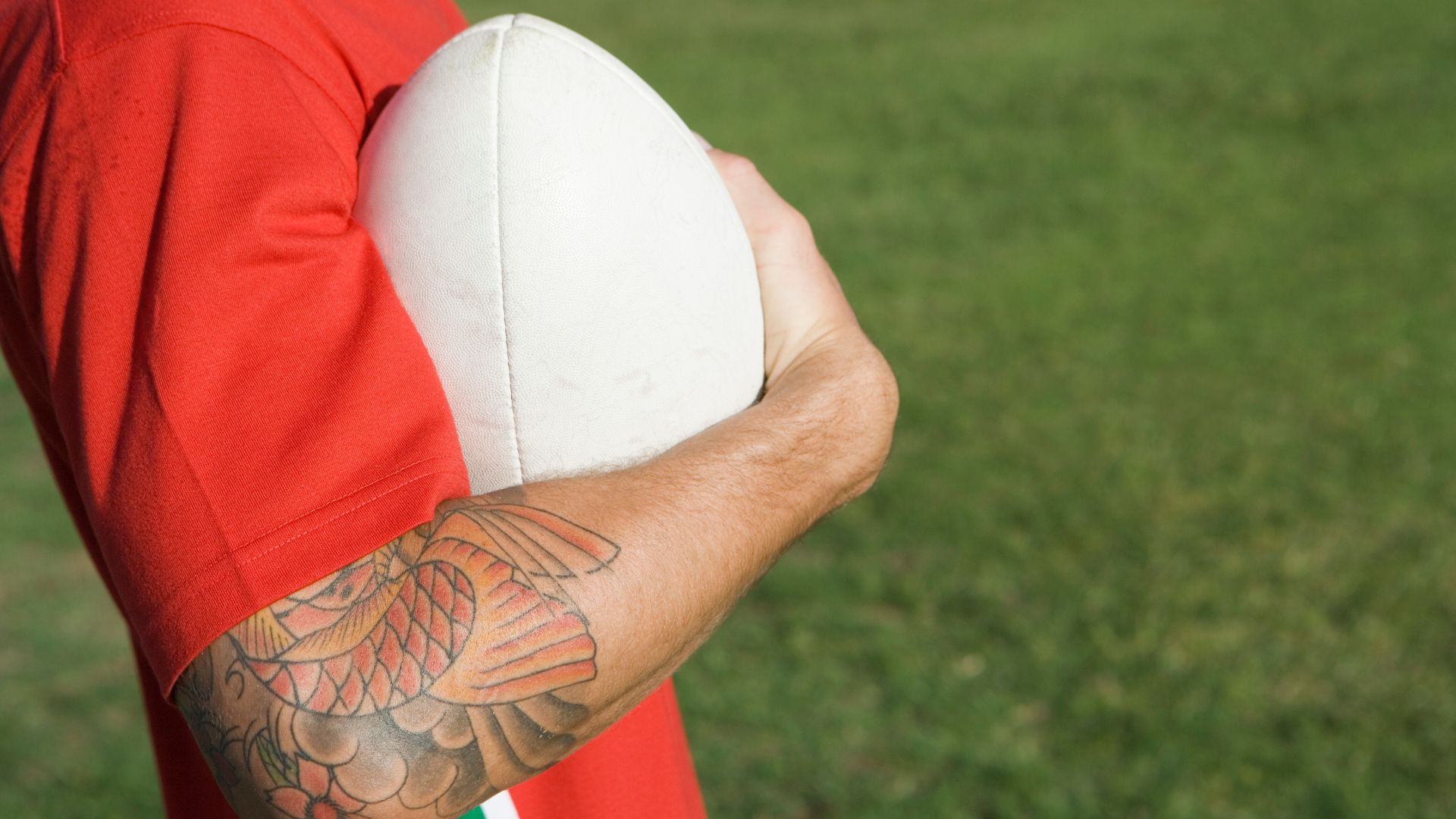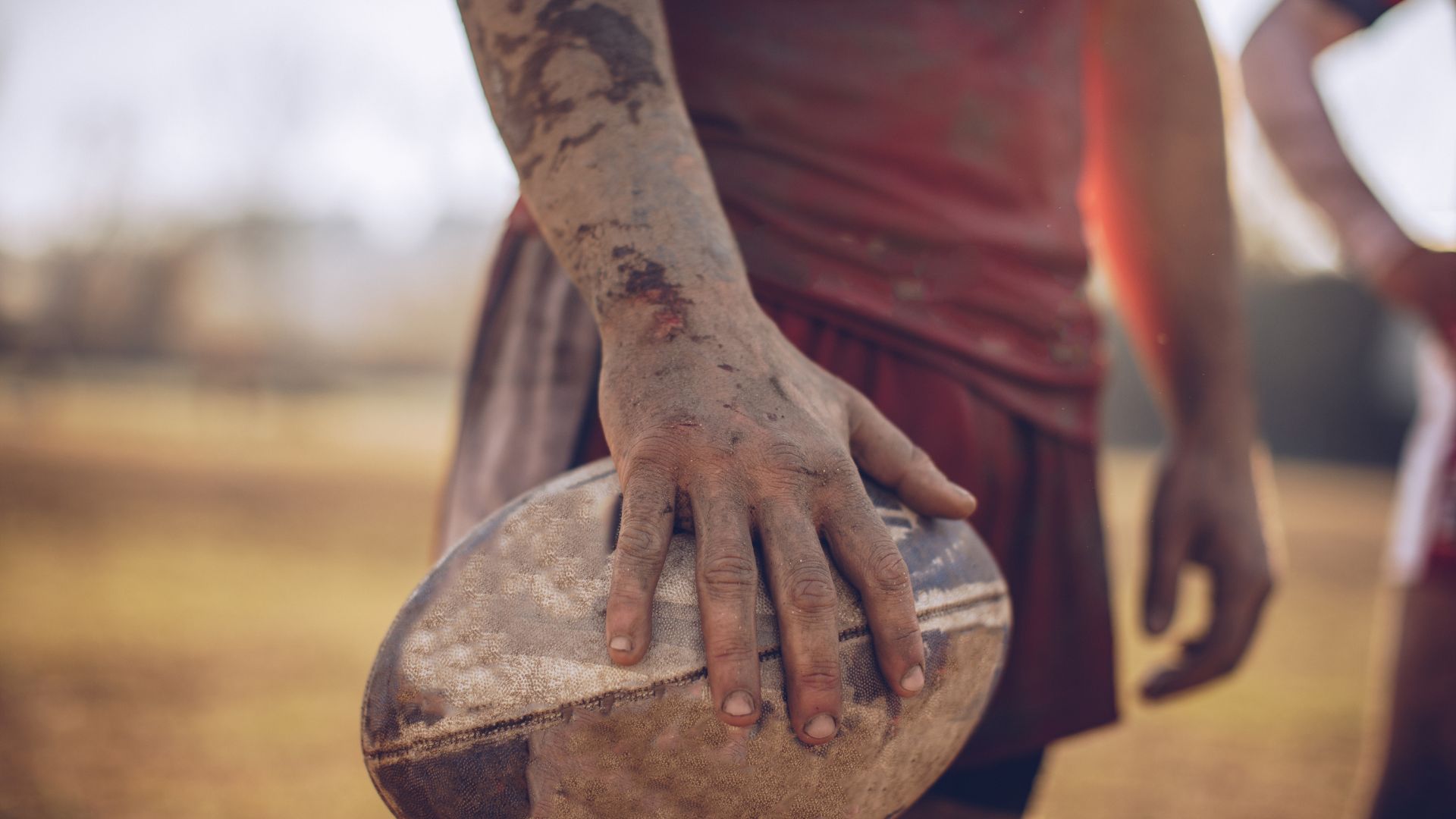Rugby’s fly half position is frequently referred to as the puppet master of the game.
This is the amazing spot, people.
I can vouch for the significance of this role because I played rugby in the past.
In order to understand why the fly half is essential to a rugby team, let’s look at what motivates them.
The Fly Half: Rugby’s Quarterback

Consider the fly half to be the quarterback of rugby.
They are the team’s main thinker, decision-maker, and frequently main goal-kicker.
They are known for donning the number 10 shirt in rugby union.
These players coordinate the team’s attacking efforts by acting as a liaison between the forwards and the backs.
Key Responsibilities of a Fly Half
The fly half‘s job description is no joke. Here’s what they’re up against:
• Distributing the ball to launch attacks
• Controlling the game’s tempo
• Making split-second decisions under pressure
• Executing tactical kicks to gain territory
• Leading the defensive line
• Often handling goal-kicking duties
It’s a lot to juggle, but that’s why fly halves are among the most skilled players on the pitch.
Skills That Make a Fly Half Shine
To excel as a fly half, you need a toolbox full of skills:
• Razor-sharp vision to spot gaps in the defense
• Pinpoint passing accuracy
• A reliable kicking game (both out of hand and off the tee)
• Strong communication skills to direct the team
• The ability to read the game and make quick decisions
• The ability to cope with the stress of being the playmaker mentally
The standards for aspiring fly halves have been set extremely high by players like Jonny Wilkinson and Dan Carter.
The Attacking Role of the Fly Half
In attack, the fly half is the puppet master pulling the strings.
They receive the ball from the scrum-half and decide whether to:
• Pass to runners in the backline
• Kick for territory or tactical advantage
• Take on the defense themselves
Their decision-making can make or break an attacking move.
It’s all about reading the defense and choosing the best option in a split second.
Defensive Duties of the Fly Half

The fly half is more than just a lovely face in the backline when it comes to defense.
They frequently serve as the initial line of defense against attacks from the opposition.
Strong tacklers and defensive line organizers are essential for fly halves.
They are in charge of keeping their colleagues informed and making critical reads.
Striking a balance between being prepared to launch a counterattack and assuming defensive positions is crucial.
The Evolution of the Fly Half Position
In contemporary rugby, the fly half role has undergone major change.
It is anticipated that today’s number 10s would be more physically fit and adaptable than in the past.
The definition of a fly half has been redefined by athletes such as Owen Farrell.
They’re not just creators; they’re also strong runners and defenders.
A comprehensive skill set and the capacity to adjust to various game strategies are requirements for the role.
Famous Fly Halves Who Defined the Position
Rugby history is replete with iconic fly halves who have made a lasting impression on the game:
- Jonny Wilkinson: The masterful English player renowned for his painstaking planning and game-winning drop goals.
- Dan Carter: Known for his versatility, Carter holds the record for most points scored in New Zealand.
- Barry John: The wizard from Wales, known as “The King” for his elegant play.
Generations of rugby players have been inspired by these players as they have demonstrated the crucial function of the fly half at legendary locations like Twickenham Stadium and Eden Park.
The Fly Half’s Impact on Team Strategy
The fly half is essential to a team’s tactical strategy in the current game. They serve as on-field coaches in addition to being athletes. Their decision-making influences:
• The pace of the game
• Territory management
• How and when to apply pressure on the opposition
In high-profile competitions such as the Rugby World Cup or the Six Nations Championship, teams’ fate frequently depend on how well their fly half performs.
Essential Equipment for a Fly Half

While a fly half‘s most important asset is their rugby IQ, they also rely on key pieces of equipment:
• Rugby boots: Typically with longer studs for stability when kicking
• Rugby ball: Often practicing with their own ball to perfect their feel
• Scrum cap: Some fly halves opt for this for protection, though it’s not mandatory
The right gear can make a significant difference in a fly half‘s performance, especially in kicking duties.
Training to Be a Top-Tier Fly Half
Aspiring fly halves need a comprehensive training regimen that includes:
• Vision drills to improve decision-making
• Kicking practice from various angles and distances
• Passing exercises to enhance accuracy and speed
• Tactical analysis to better understand game situations
• Physical conditioning to withstand the demands of the position
Organizations like World Rugby often provide resources and camps to develop young talent in this crucial position.
The Future of the Fly Half Position
As rugby continues to evolve, so does the fly half role. We’re seeing trends towards:
• More physical play from the position
• Increased emphasis on tactical kicking
• Greater involvement in defensive systems
Fly halves of the future will need to be more adaptable than before, fusing old-fashioned playmaking abilities with the physicality required by the current game.
Conclusion: The Heartbeat of Rugby
One of the most important positions in rugby is still the fly half. It’s a role requiring aptitude, cunning, and steely nerves.
Fly halves are the conductors of the rugby orchestra, whether they are on the sacred turf of the Millennium Stadium or the small club grounds.
They create a strategic play symphony out of the mayhem that is the game.
For anyone looking to understand rugby better, studying the fly half position is like learning the language of the sport itself. It’s where the game’s heart truly beats.